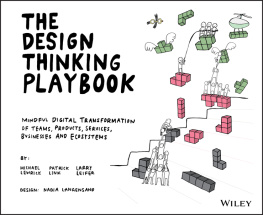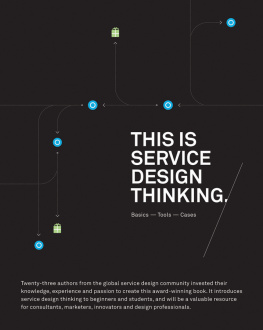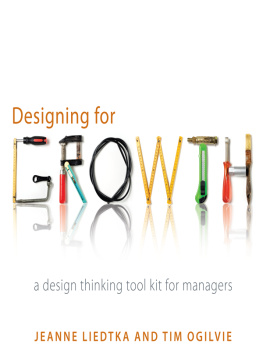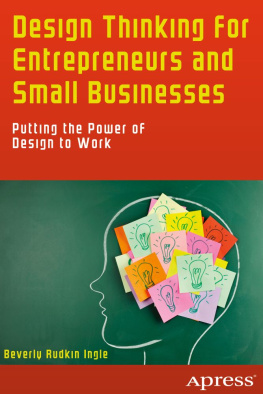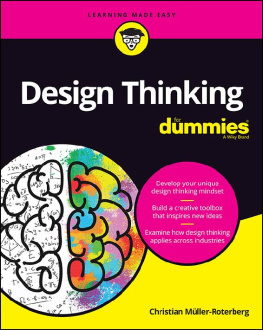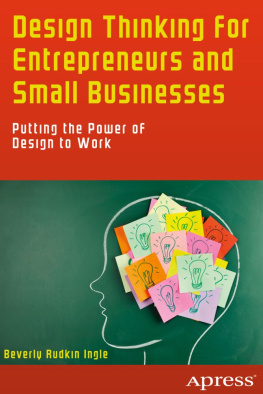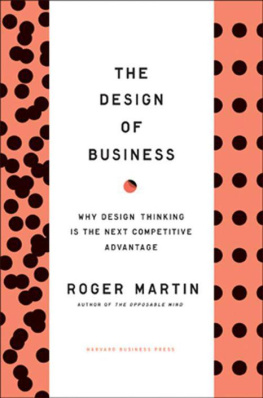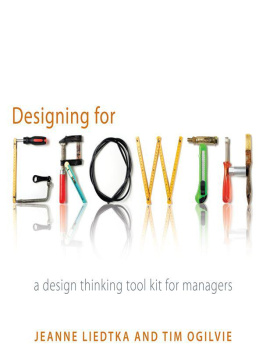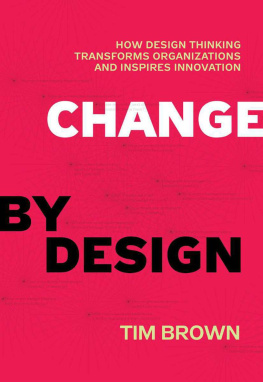
Copyright 2018 Verlag Vahlen GmbH, Mnchen. All rights reserved.
Published by John Wiley & Sons, Inc., Hoboken, New Jersey.
Published simultaneously in Canada.
No part of this publication may be reproduced, stored in a retrieval system, or transmitted in any form or by any means, electronic, mechanical, photocopying, recording, scanning, or otherwise, except as permitted under Section 107 or 108 of the 1976 United States Copyright Act, without either the prior written permission of the Publisher, or authorization through payment of the appropriate per-copy fee to the Copyright Clearance Center, Inc., 222 Rosewood Drive, Danvers, MA 01923, (978) 7508400, fax (978) 6468600, or on the Web at www.copyright.com. Requests to the Publisher for permission, including those requests to reprint portions of this book in English, should be addressed to the Permissions Department, John Wiley & Sons, Inc., 111 River Street, Hoboken, NJ 07030, (201) 7486011, fax (201) 7486008, or online at http://www.wiley.com/go/permissions.
Limit of Liability/Disclaimer of Warranty: While the publisher and author have used their best efforts in preparing this book, they make no representations or warranties with respect to the accuracy or completeness of the contents of this book and specifically disclaim any implied warranties of merchantability or fitness for a particular purpose. No warranty may be created or extended by sales representatives or written sales materials. The advice and strategies contained herein may not be suitable for your situation. You should consult with a professional where appropriate. Neither the publisher nor author shall be liable for any loss of profit or any other commercial damages, including but not limited to special, incidental, consequential, or other damages.
For general information on our other products and services or for technical support, please contact our Customer Care Department within the United States at (800) 7622974, outside the United States at (317) 5723993 or fax (317) 5724002.
Wiley publishes in a variety of print and electronic formats and by print-on-demand. Some material included with standard print versions of this book may not be included in e-books or in print-on-demand. If this book refers to media such as a CD or DVD that is not included in the version you purchased, you may download this material at http://booksupport.wiley.com. For more information about Wiley products, visit www.wiley.com.
Library of Congress Cataloging-in-Publication Data
Names: Lewrick, Michael, author. | Link, Patrick, 1968- author. | Leifer,
Larry J., author.
Title: The design thinking playbook : mindful digital transformation of teams, products, services,
businesses and ecosystems / by Michael Lewrick, Patrick Link, Larry Leifer.
Description: Hoboken : Wiley, [2018] | Includes bibliographical references and index. |
Identifiers: LCCN 2018011184 (print) | ISBN 9781119467472 (pbk.)
Subjects: LCSH: Creative ability in technology. | Creative ability in business. | Creative thinking. |
Industrial managementTechnological innovations. | Technological innovations.
Classification: LCC T49.5 .L49 2018 (print) | DDC 658.4/094dc23
LC record available at https://lccn.loc.gov/2018011184
ISBN 978-1-119-46747-2 (pbk)
ISBN 978-1-119-46748-9 (ebk)
ISBN 978-1-119-46749-6 (ebk)
ISBN 978-1-119-46750-2 (ebk)
Design and layout: Nadia Langensand
Cover design and visualization: Nadia Langensand

Keep up the design thinking mindset and start hunting for the next big opportunity!

Foreword
Prof. Larry Leifer
- Professor of Mechanical Engineering Design, Stanford University
- Founding Director, Stanford Center for Design Research
- Founding Director, Hasso Plattner Design Thinking Research Program at Stanford

I am quite delighted with this collection of factors of success in design thinking. My special thanks go to Michael Lewrick and Patrick Link. I also want to thank Nadia Langensand, who is responsible for the artistic implementation. As an interdisciplinary team, we were able to put together a fantastic book.
I want to express my gratitude as well to all the experts who shared their knowledge with us and contributed to reflections on the subject matter. The book that emerged is not only one on design thinking but also an exciting essay with deep insights into the application of design thinking beyond the digital context. This Playbook is entertaining and motivates readers to do it, not just think about it.
The book stimulates and helps readers
- to put well-known and new tools in the right context of the application;
- to reflect on the entire scope of design thinking;
- to direct the necessary mindfulness to the personas of Peter, Lilly, and Marc;
- to accept the challenges of digitization in which new design criteria in the humanmachine relationship, for instance, are increasingly gaining in importance; and
- to set an inspiring framework in order to enshrine design thinking even more strongly in our companies and generate radical innovations.
Im delighted in particular that this book contains contributions from experts from actual practice as well as from the academic world. A few years ago, the idea took shape that a stronger networking of the design thinking actors should be achieved. This Playbook and the communication in the Design Thinking Playbook (DTP) community today act as a stimulus for an open exchange of ideas and materially contribute to enshrining design thinking and new mindsets in companies.
Design thinking is currently experiencing a surge of interest because it is a pivotal tool for initiating digital transformation. We have seen how banks use it to shape the era of de-banking and how start-ups have created new markets with business ecosystem design.
At the ME310, which has become somewhat of a legend by now, I frequently have the honor of welcoming corporate partners from different industries from all over the world, who work out exciting design challenges with our local and international student teams.
Have fun reading!
Larry Leifer



Introduction
Where will the next major market opportunities emerge?

The hunt for the next big market opportunity is ever present. Most of us are ambitious company founders and good employees, managers, product designers, lecturers, or even professors. We all had cool business ideas at one time, such as the vision to build a revolutionary social network 3.0 that would outshine Facebook, to establish a health care system that suggests the best possible treatment option to patients and gives us health data sovereignty, and many more ideas.
Next page
